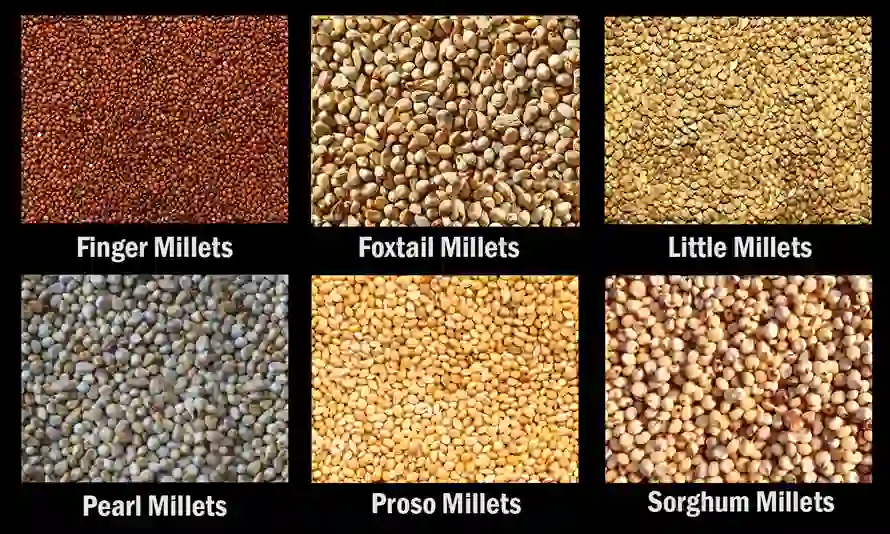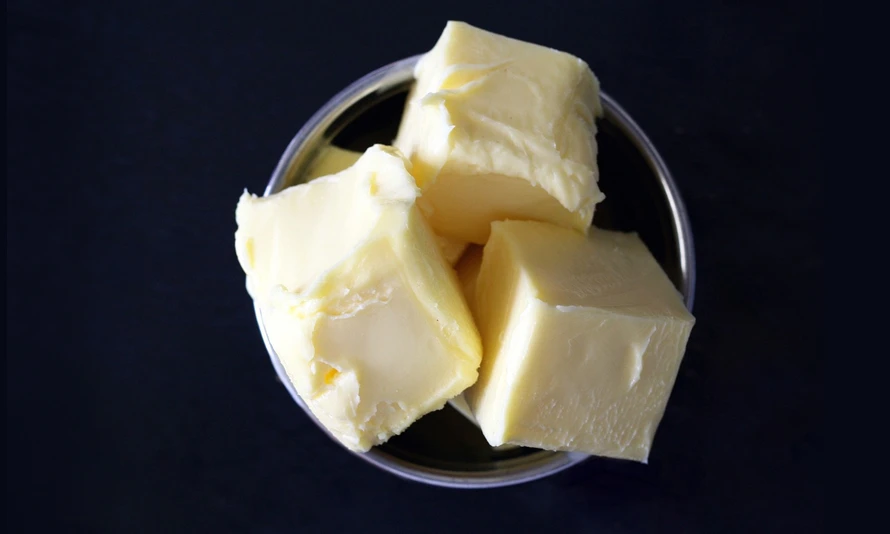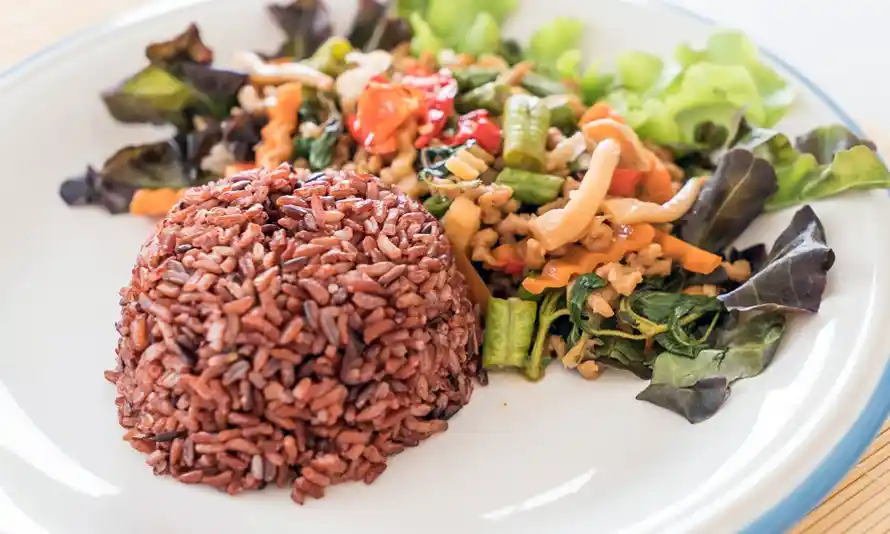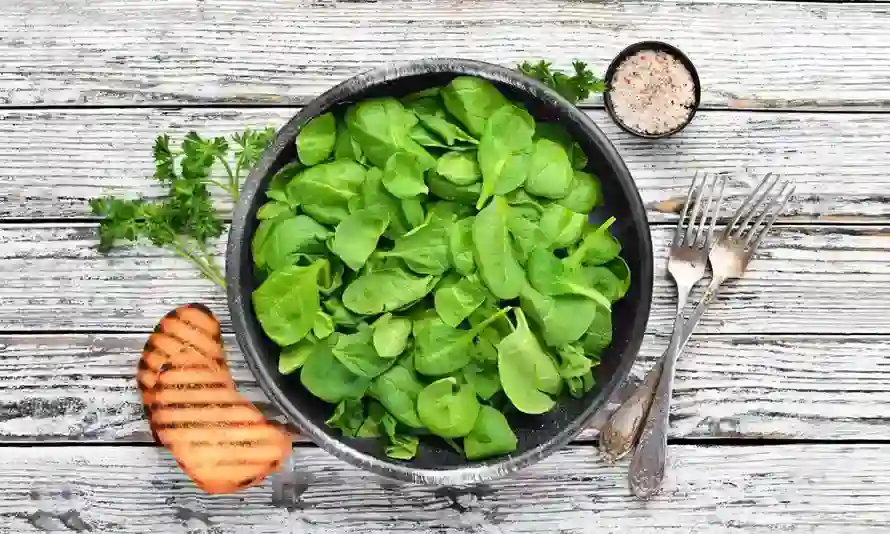Millets are small cereal grains cultivated as a staple food in many Asian and African countries like India, China, Nigeria, Mali, etc. I am very excited to write about millets and their benefits because experts say they will be the world’s future food as they can tolerate any climate inconsistency. It is said that they can withstand drought and other harsh weather conditions very well. As we know, the world is facing the bad outcome of global warming and climate inconsistency. We have no idea how the climate will behave in the future. So, millet will be the lifesaver, ensuring food security for all. The year 2023 has been declared the “International Year of Millets.”
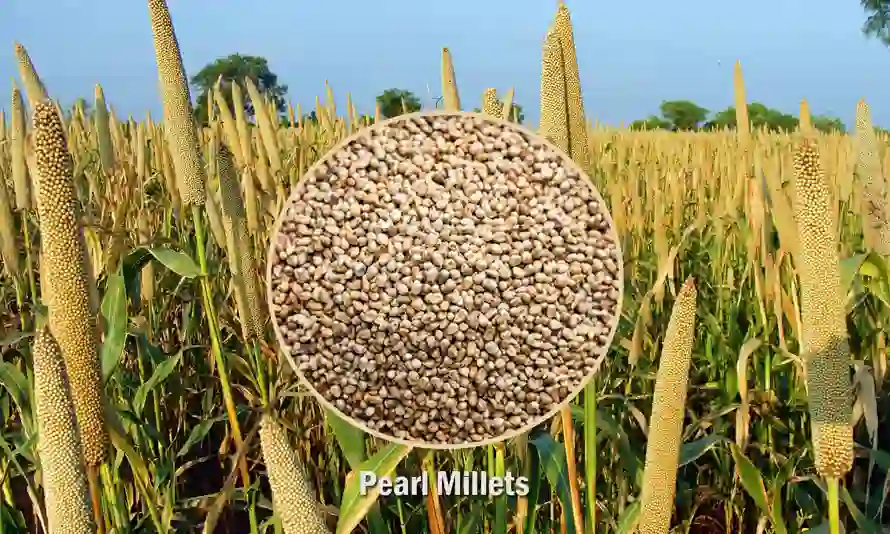
These days millets are gaining more and more acceptance globally, but they are not new to Asian and African countries. These countries, especially India, have been consuming millet for 5000 years more as their staple food.
Millets- its goodness
Millets are rich in protein, fiber, vitamins, and minerals. If you are aware of healthy foods, the chances are high that you will include millet in your regular diet. The nutrient content in millets is similar to or more than that in the main cereals like wheat, rice, etc. But the main advantage is that millets contain more dietary fiber, which helps control blood sugar levels, protect the heart, reduce overweight, and keep the intestine clean. Let’s summarize millet’s plus points below:
- Proteins, minerals, and vitamins are 3X more nutrient-dense than those found in wheat and rice.
- Extremely nourishing and abundant in minerals including zinc, calcium, iron, potassium, magnesium, and vitamins A and B.
- A great source of carbohydrates, thus providing a lot of energy.
- Excellent source of fiber and protein.
- Helps reduces the risk of heart disease.
- Since they are gluten-free and have a low Glycemic Index (GI ), they are excellent for diabetics, persons on a diet, and those who are wheat or rice intolerant. Gluten is a sticky substance found in cereals like wheat, which is bad for health. Glycemic Index is a value used to measure how much specific foods increase blood sugar levels.
- High productivity and short growing period.
- Need very little water. Grow in arid and semi-arid regions, even at high-temperature conditions.
- Generally very less attacked by insects or any pest.
What is dietary fiber?
You might have heard of food with high fiber or low fiber. Have you ever thought about what it is actually?
Dietary fibers come from plant foods. These fibers are indigestible to the digestive system. That means fibers cannot be broken down as other food ingredients can. Food components, such as carbohydrates, and protein, are digested and absorbed, but dietary fibers remain indigested and finally move out of the body. There are two types of dietary fibers:
- Soluble fibers
- Insoluble fibers
Soluble fiber dissolves to form a gel-like substance. It helps improve digestion, control blood sugar levels, and lower blood cholesterol. Insoluble fibers don’t dissolve; they remain as they are. They help keep the digestive system clean, encouraging smooth bowel movements, thus avoiding constipation. Millets contain both fibers.
Millets: control blood sugar levels
As you know, high carbohydrates are what rice and wheat make unfavorable to diabetic patients. The amount of carbohydrates in millet is also high- almost the same as in rice and wheat. But still, millets are diabetic patient-friendly cereals. It is because of the high fiber and complex carbohydrates present in millet. Both wheat and rice have low fiber and simple carbohydrates. Complex carbohydrates are not easily broken down, and fibers are not easily digested. So, millets take more time than other cereals to get digested. As a result, carbohydrates in millet also get slowed down in converting into glucose and finally getting into the blood. Hence, there will be no sudden surge in sugar levels in the blood, thus, making millet a low-glycemic index food. So, diabetic patients are advised to include millet in their daily diets.
Millets: help clean the intestine
Experts say that fiber-rich food is good for the intestine; it acts as a cleanser. Since the internal side wall of the intestine is formed with several folds, there is a high chance for food materials to get stuck and bacteria to grow. As already said, millets are rich in dietary fibers- both insoluble and soluble fibers. The insoluble fiber cannot be broken down by the enzymes in the human digestive system. It helps cleanse the colon with its “scrub-brush” action. The scrub-brush action removes bacteria and other accumulations from the intestine and encourages smooth, regular bowel movements, reducing constipation and the risk of colon cancer.
Millets: reduces the risk of heart disease
In general, fiber-rich food is good for overall health as it helps reduce blood sugar, overweight, constipation, and the risk of colon cancer and heart disease.
The soluble fiber in millets lowers total blood cholesterol levels by cutting low-density lipoprotein or “bad” cholesterol. As we know, soluble fiber is not digested; instead, it dissolves in the stomach and forms a gel-like substance. The soluble fiber, in its gel-like form, absorbs cholesterol and moves out of the body. Researchers also found that fibers have other health benefits, such as lowering blood pressure and inflammation.
So, millet, having all these health benefits and goodness, is considered a healthy food. And it is already a staple food for many.
Millets: Varieties
The most commonly cultivated millets are :
- Finger millet
- Foxtail millet
- Little millet
- Pearl millet
- Proso millet
- Sorghum millet
